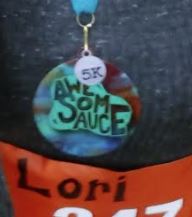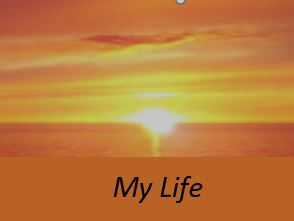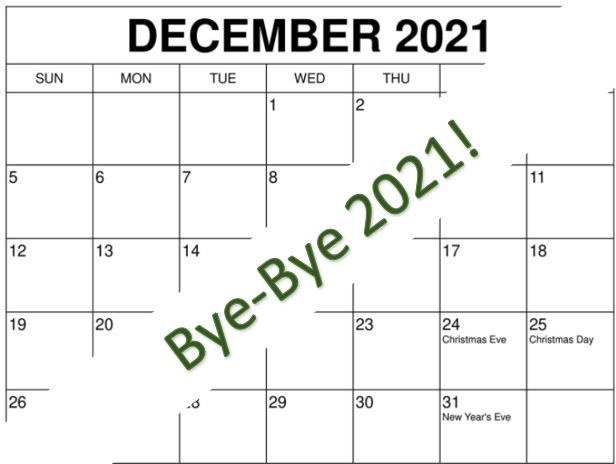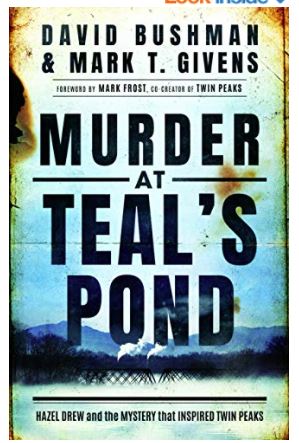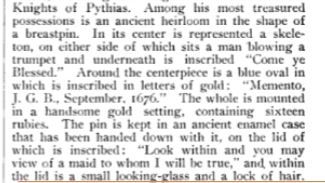
Do you have Find-a-Grave memorials for close relatives? If so, you’d be wise to update your RELATIONSHIP. This is a new change to the site, now owned by Ancestry.com.
I’m not sure why this change was made but given how people have lost civility lately, I can only imagine what the folks at Find-A-Grave must be enduring by people who are demanding memorials be altered or reassigned. In grief, emotions are raw; I wouldn’t be surprised if the Find-A-Grave staff is besieged with requests for changes.
Whatever their reason for the change, I think it’s a good one. It doesn’t take much time to update your memorials and I’m going to give you two methods to update them.
- Go to any known memorial you have and start there, clicking spouse and children to update OR
- My preferred method so you don’t miss anyone: Hover over your name on the ribbon on the right side of the screen. Your choices are Profile – Account – My Memorials – Sign Out. Click “My Memorials” which will list all the memorials you will need to update with your relationship info.
Here’s how to update each memorial:
- Look at the picture above – Clicking the down error next to EDIT displays options; click “Edit Memorial.”
- If you DO NOT manage the Memorial it will not allow you to edit. Instead this is what you’ll see (SUGGEST EDITS)

- By clicking “SUGGEST EDITS” you CANNOT update the bio but under “Other,” you can suggest corrections or addtions to be made. Make sure after clicking the “+ Suggest other corrections” and add your input, you click “Save Suggestions.”
- If you created or had the memorial transferred to you, you will be able to make changes and add your relationship. After you have followed Step 2 above, scroll down to the bottom of the page. This is what you’ll see:

- Simply click in two of the boxes to update; the first is a Yes or No to the question Are you a close relative? The second click will be for you to include the relationship by answering “I am their . . .”
- When a selection is made, a check box is displayed that says “Show relationship in source information.” If you check it, it will show on the main page that the public sees what you have determined your relationship is to the memorial individual.

By leaving the box UNchecked, Find-A-Grave staff will be able to see the relationship but not the general public. I chose to uncheck but you do whatever you like. My memorials only show “Created by: Lori Samuelson.”
- Make sure you click “Save Changes” or you haven’t updated the memorial!
If you make an error, no worries, just go back in and follow the steps again. I purposely entered myself as a cousin when a relationship should have been niece to see what would happen. I just had to go back in and re-edit. I was easily able to change my relationship.
Here are some caveats:
I have my spouse and my memorial already listed because no one will be doing this for me after I’m deceased. There’s an option for me to select I’m my husband’s spouse/partner but none for me so I selected spouse/partner to myself. I can understand why Find-A-Grave didn’t include “self” as an option as they probably don’t have a lot of people who think ahead to do that.
Also, keep in mind that the relationships must be close – there is no option for a great grandparent, great uncle/aunt, or delineation between first, second, etc. cousins.
There is also no way for me to add that my relationship is through marriage. I suppose I could have my husband create an account and then I’d transfer management to him but we all know that’s not only a lot of extra work, I’d still be managing his sites so why bother with all that. Therefore, I made myself my in-laws child.
If you have many aunts and uncles, you will reach a limit on how many times you may select niece/nephew. Larger families I have no idea a solution you can use.

